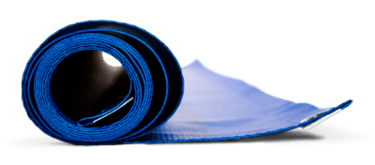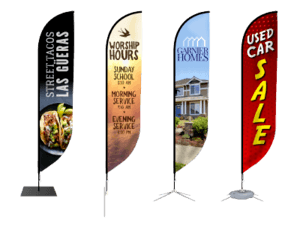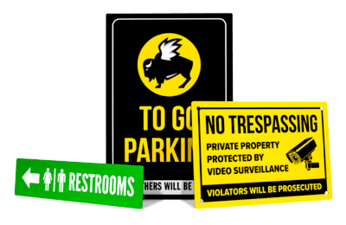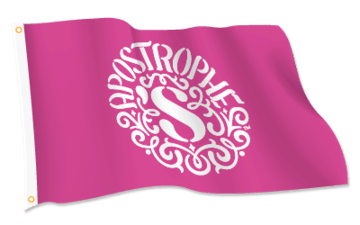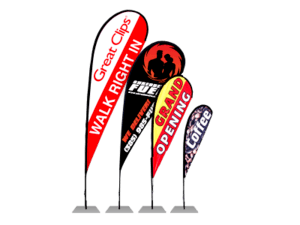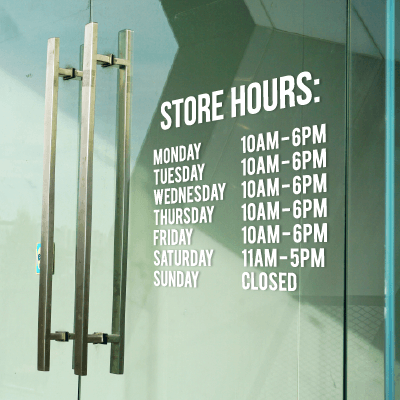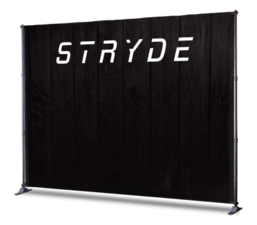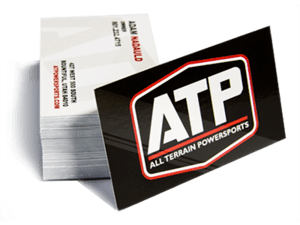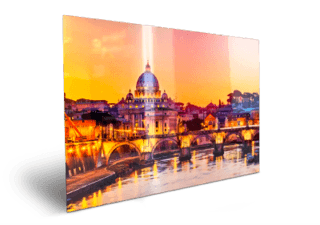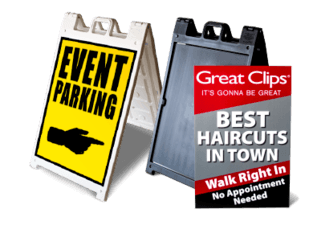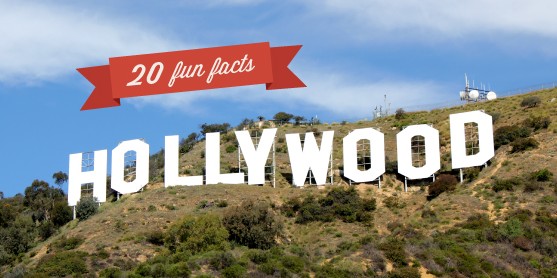When you think of Hollywood, you might think of Humphrey Bogart gazing into Ingrid Bergman’s eyes in Casablanca. You might imagine Cary Grant tooling around the foothills in his 1929 Caddy, or Marilyn Monroe with her pouty lips and swirling white skirt in Some Like it Hot. Or maybe you think of the modern Hollywood, with starlets toting around miniature canines in expensive handbags and reality TV stars giving interviews on the Tonight Show with Jay Leno.
No matter what comes to mind, the Hollywood sign stands sentinel over all of it, an icon that stands for the glamour, optimism and grandeur that has defined Hollywood since its creation. Just for fun, here are 20 facts you might not know about the Hollywood sign.
1) The Hollywood Sign is almost 90 years old.
The original Hollywood sign was constructed in 1923, the same year that Rin Tin Tin gained fame as a canine film star. Though it wasn’t originally meant to be an icon for the film industry, the sign was created during the beginning of the glamorous, decadent Golden Age of Hollywood: in 1925, Ben Hur was released with its record-breaking production budget of $3.95 million.
2) The Hollywood sign wasn’t created with the movies in mind.
The sign wasn’t created to advertise movies and starlets; it was created to advertise real estate. Developers S. H. Woodruff and Tracy E. Shoults began developing a new neighborhood called “Hollywoodland.” The sign was meant to act as a huge billboard to draw new home buyers to the hillside.
3) The first sign didn’t say “Hollywood.”
To advertise the Hollywoodland development, the sign was composed of 13 letters that spelled out the development’s name: “HOLLYWOODLAND.” The last four letters of the sign wouldn’t be dropped until 1949.
4) The original Hollywood Sign was bigger than the current sign.
The original letters were constructed of large sections of sheet metal and stood as high as 50 feet tall. They were held up with a complicated framing system that included wooden scaffold, pipes, wires and poles.
5) 4,000 light bulbs graced the original Hollywoodland sign.
The bulbs were timed to blink so that the words “HOLLY,” “WOOD,” and “LAND” each lit up consecutively, followed by the entire word. This was not considered tacky, but rather quite progressive and modern. Each bulb generated only 8 watts of electricity, so 4,000 were needed in order to create the impressive display that Woodruff and Shoults needed to sell building lots.
6) The sign was a very expensive billboard.
Considering that the original Hollywoodland sign was only intended to be an advertisement for a real estate development, it was quite expensive. The construction cost of the sign was around $21,000, which is roughly the equivalent of $250,000 in 2013 dollars. Imagine building a new neighborhood and paying a quarter of a million bucks to advertise it with one sign!
7) An Englishman designed the Hollywood sign.
Thomas Fisk Goff, the artist who created the Hollywood sign, was born in London in 1890. He immigrated to the United States and settled in Los Angeles in the early 1920’s and opened the Crescent Sign Company. Woodruff and Shoults commissioned Goff to create and install the sign. In addition to owning a sign company, Goff was an artist who painted landscapes on canvas.
8) The sign had its very own caretaker.
The real estate developers hired Albert Kothe to act as caretaker. In addition to other responsibilities, Albert was in charge of the maintenance of the Hollywoodland sign. One of his jobs was to replace the lightbulbs on the sign when they burnt out, a large task considering the number of bulbs and the height of each letter.
9) The original sign was only meant to last for 18 months.
Since it was only intended to be a temporary advertisement for the new real estate development, the Hollywoodland sign was designed to be in place for about 18 months, while lots were sold.
10) The Hollywood sign was the site of a suicide.
Sadly, the allure of fame and fortune was not reality for many who flocked to Hollywood in hopes of becoming actors and actresses. One such unlucky girl, Peg Entwistle, left New York City and moved in with her uncle in Los Angeles while she tried to become a film star. Despite her efforts at stardom, Peg failed to land the big role she’d hoped for, and on September 18, 1932, she hiked up to the Hollywood sign, climbed a ladder to the top of the “H” and jumped to her death.
11) The Hollywoodland sign went dark in 1939.
The stock market crash of 1929 and the subsequent Depression during the 1930’s halted real estate development. Since lots were no longer being sold, illuminating the Hollywoodland sign was no longer a priority. Times were tough, so caretaker Albert Kothe stripped the copper wiring from the sign and sold it for scrap.
12) The sign was hit by a car.
You might not think that a sign perched on the side of a steep hill would be in danger of being hit by a car. But one night, Albert Kothe had a little too much too drink. He drove his 1928 Ford station wagon right off the cliff just above the sign. The car rolled down the hill, smashing into the “H.” Luckily, Albert was OK, but both the Ford and the “H” were destroyed.
13) The sign was almost torn down completely in 1949.
In 1944 the city of Los Angeles purchased 455 acres from the Hollywoodland developers, including the land on which the Hollywoodland sign sat. The city didn’t necessarily want a huge real estate billboard, but they let the sign sit there for another five years until they decided to tear it down. But residents who had come to love the sign protested its removal. The city, along with the Chamber of Commerce, agreed to salvage it, with the understanding that they would remove the “LAND” from the end of the sign so that it represented the community, not a real estate development. They fixed the broken “H” and renovated the rest of the letters.
14) The Hollywood sign is an official landmark.
By 1973, the sign was seriously deteriorated again, broken-down and rusty. The city slapped another coat of paint on it and also declared it “L.A. Cultural and Historical Monument #111.”
15) In the 1970’s, the sign went to pot.
On January 1, 1976, prankster Danny Finegood hung curtains over the last two “O’s” in the sign, changing it to read “HOLLYWEED” to commemorate the introduction of a more relaxed marijuana law in California.
16) A playboy, a rocker and a singing cowboy saved the sign.
The paint job in 1973 didn’t last for long. Five years later, the sign looked worse than ever. The Chamber of Commerce determined that it needed a very expensive overhaul. Hugh Hefner held a fundraiser at the Playboy Mansion. Each of the nine letters was auctioned for $28,000 to raise the needed renovation money. The benefactors for each letter were as follows:
H- Terrence Donnelly (a newspaper publisher)
O- Alice Cooper (rock star)
L- Les Kelley (businessman and creator of the Kelley Blue Book)
L- Gene Autrey (singer and actor)
Y- Hugh Hefner (founder of Playboy magazine)
W- Andy Williams (singer)
O-Giovanni Mazza (Italian movie producer)
O- Warner Bros. Studios
D-Thomas Pooley
17) The Hollywood sign was lit for the Olympics
In 1984, Los Angeles hosted the Olympic Summer Games. During the games, the Hollywood sign was illuminated for the first time since 1949.
18) Modern visitors can’t hike to the sign.
Because the sign is perched on a very steep hill and because the city of Los Angeles doesn’t want to be sued, visitors are no longer allowed to hike right up to the sign. The city might be worried that they will plummet to their deaths, get bitten by a rattlesnake or start a brush fire that will consume some of the expensive real estate below the sign.
19) The Hollywood sign has almost as much security as Fort Knox.
In order to keep people away from the sign and keep the sign from being vandalized, a specially-designed security system was developed. The Department of Homeland Security even got involved… that’s how serious L.A. is about protecting its iconic sign. The security involves razor wire, infrared technology, 24 hour monitoring, motion sensors, alarms and helicopter patrols.
20) The sign has its very own trust fund.
The Hollywood Sign Trust was created in 1992 for the purpose of maintaining and promoting the Hollywood sign. It continues to care for the sign today. The most recent renovation included a shiny, new paint job and webcams that allow Internet visitors to see the sign 24/7.
